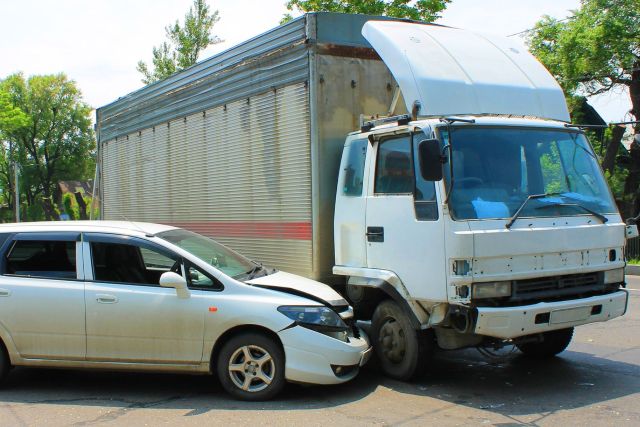








Understanding Equipment-Related Injuries in the Trucking Industry
While essential to our economy, large trucks can present many risks to those operating them. Navigating through highways and byways, heavy truck drivers contend with the perils of the road and those posed by the very equipment they operate. In an industry that reports significant cases of nonfatal injuries, understanding these risks is not just prudent—it’s critical.
What are the mechanisms at work that transform vehicles into hazards? For one, steering failures, while rare, can lead to loss of control, potentially resulting in catastrophic crashes involving large trucks. Additionally, the coupling mechanisms that attach trailers—the kingpin systems—sometimes fail. This can cause trailers to detach unexpectedly, an obvious threat to safety.
Injuries from Day-to-Day Operations
But it’s not only major mechanical failures that cause harm. Day-to-day operations involve interactions with parts that can pinch, cut, or crush. Common truck driver injuries often stem from loading and unloading cargo, leading to sprains and overexertion. Repetitive tasks can also result in inflamed tendons and muscles, culminating in musculoskeletal disorders.
Surprisingly, the smaller components like lighting, doors, and transmission systems can be equally treacherous when defective. These malfunctions may lead to direct injuries or contribute to more significant accidents.
The National Highway Traffic Safety Administration (NHTSA) and other organizations collect data highlighting the incidence of these occurrences. According to the U.S. Bureau of Labor Statistics, truck drivers experienced higher-than-average rates of both fatal and nonfatal injuries compared with all private industry occupations.
By recognizing the prevalence of these hazards, we pave the way for more robust safety protocols and protective measures to shield those who keep our nation’s goods moving.
Eligibility Criteria for Truck Drivers
To be eligible for legal support, a truck driver must meet certain criteria: they must be employed in this role during the incident, and the injuries must have originated from equipment while performing their duties.
The Role of Negligence
According to Section 396.3 of the Code of Federal Regulations, motor carriers must “systematically inspect, repair, and maintain all motor vehicles” under their operation. This responsibility includes ensuring that trucks are roadworthy. Negligence occurs when employers fail to meet these maintenance standards set by federal regulations. Should a truck driver suffer an injury due to poor maintenance, they have the right to hold their employer accountable.
Negligence in equipment-related injuries typically involves:
- A trucking company or employer’s failure to maintain safety standards
- Manufacturing defects in the equipment itself
- Non-compliance with safety regulations
Whether seeking workers’ compensation or filing a lawsuit, knowing your rights is the first step towards ensuring you are aptly supported following an injury. As Hurt Trucker Attorneys, we stand committed to professionally guiding our clients through these challenging times.
Maximizing Your Compensation
We dedicate ourselves to maximizing your compensation, thus enabling recovery without the additional burden of financial strain. Our strategy involves a detailed evaluation to identify all potential sources of compensation, from direct injury-related expenses to indirect costs such as lost earnings.
Navigating the Medical and Legal Challenges
Remember, you are not alone amidst medical and legal challenges. After obtaining the necessary medical care, it’s equally crucial to safeguard your legal rights. By entrusting us with your claim, you can focus solely on healing. If you’ve been hurt on the job, take a moment to review some quick tips for injured truckers that can help you start on the right track toward claiming what you may be entitled to.





